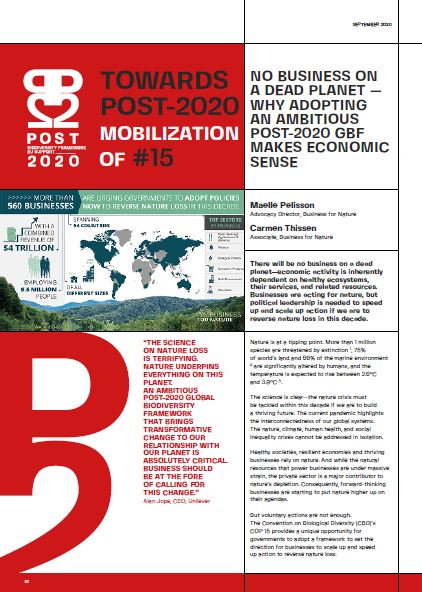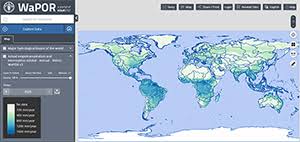Detalles
Following its geographical expansion worldwide, WaPOR version 3 data is now publicly available at all levels. High-resolution data at 20 meters is also available for the entire Nile River delta.
The new portal offers a wide range of features that aim to provide tools to users to get the most out of data, such as:
|
Recursos relacionados

Biocredit catalog. A collection of biocredit developers and scheme
The biocredit market channels finance into biodiversity conservation and restoration, which, when designed correctly, can benefit and empower indigenous peoples…

SeloVerde-MG: science and technology in support of agricultural transparency and traceability in Minas Gerais
This presentation gathers information on the SeloVerde platform, which seeks to combat deforestation in supply chains, by providing verification of…



